Original Vintage Film Posters
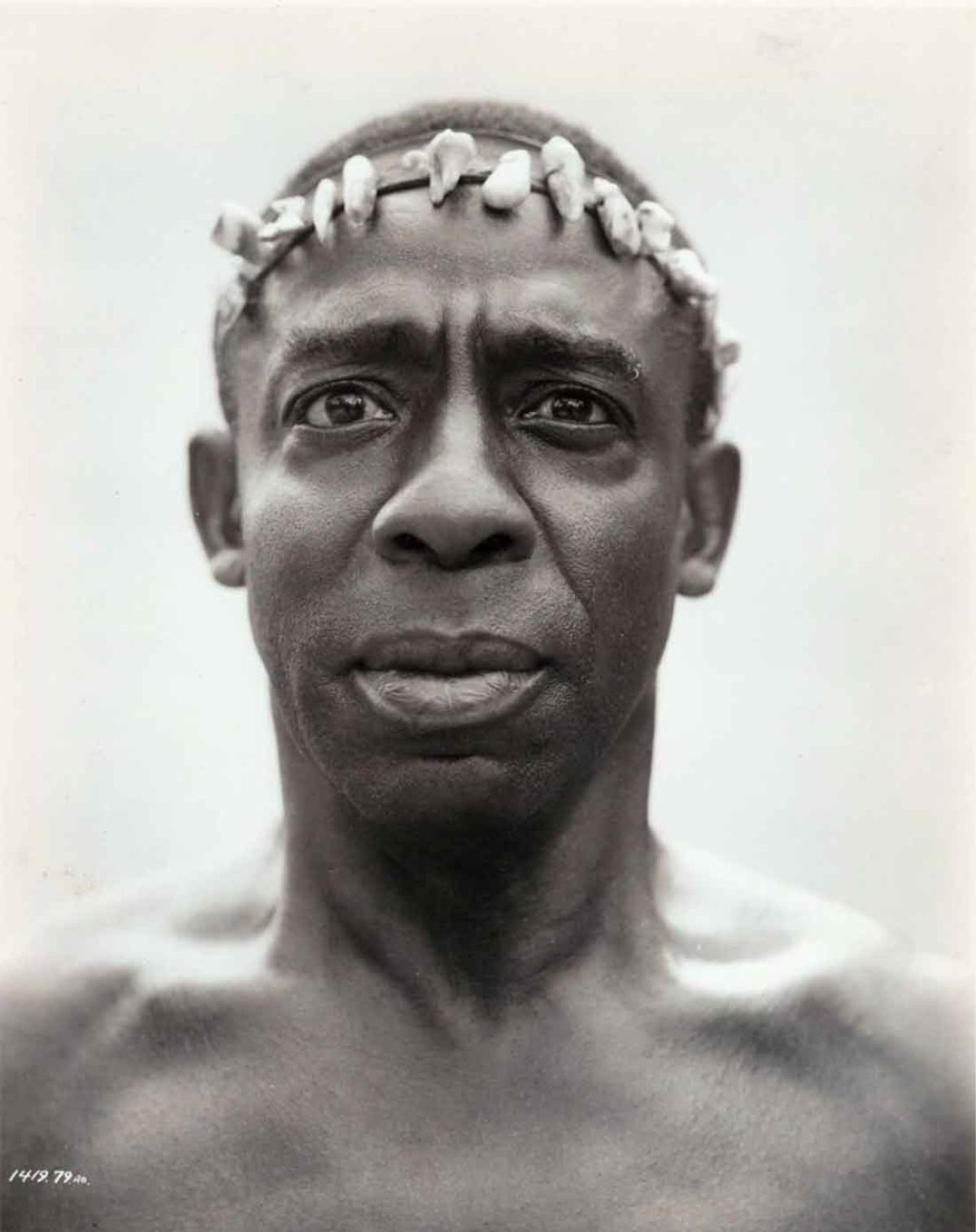
Clarence Muse – America’s First Black Movie Star
| African American Movie Memorabilia, African Americana, Black History, Featured, Film & Movie Star Photographs, Movie Memorabilia, Movie Posters
Clarence Muse (October 14, 1889 – October 13, 1979) was an African American actor, screenwriter, director, singer, and composer. He was the first African American to appear in a starring role in a film, 1929’s Hearts in Dixie. He acted for 50 years and appeared in more than 150…
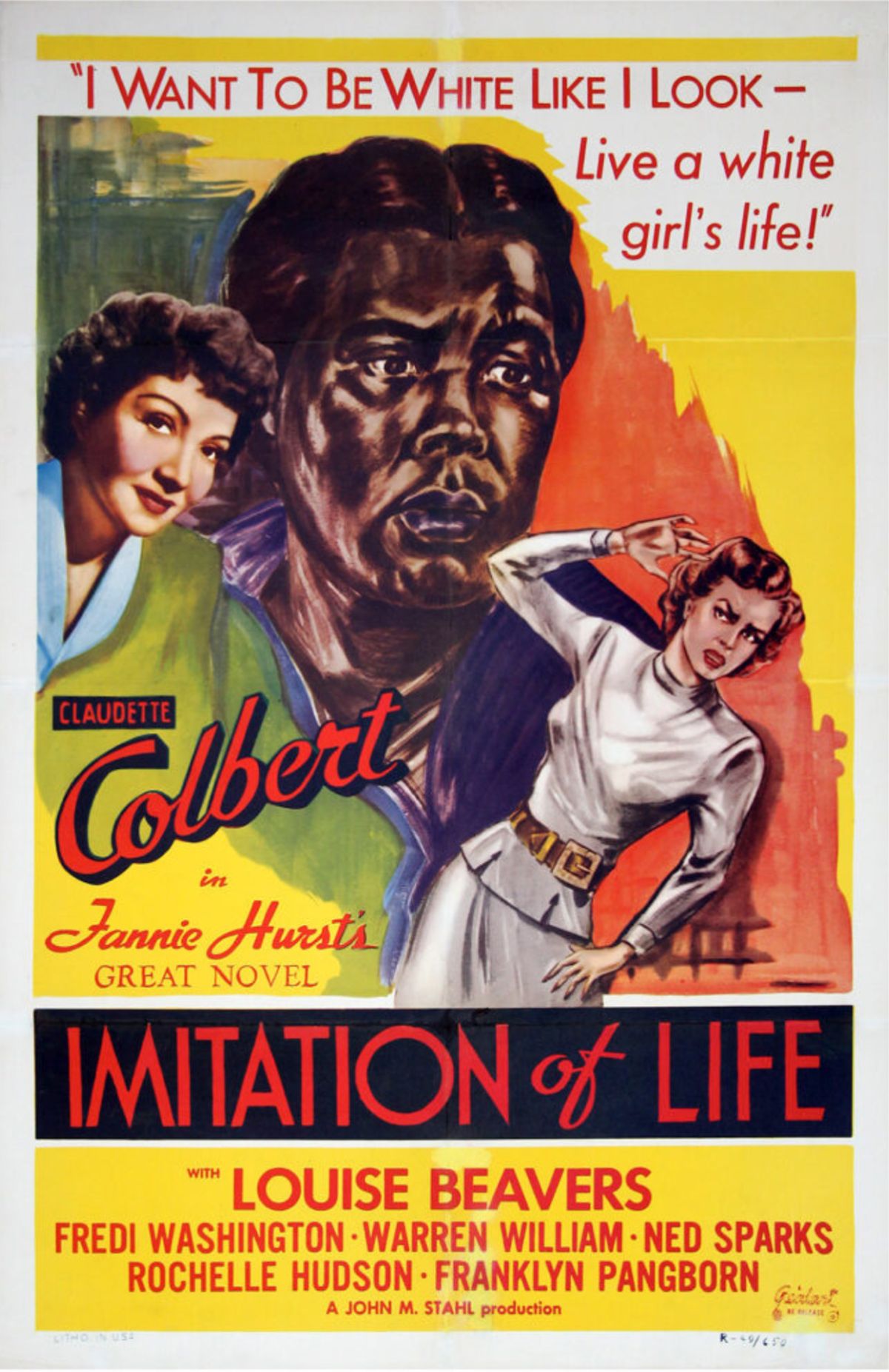
“Passing” Reflected in Three Films
The Netflex film Passing deals with the African American topic that has come to be known as “Passing” when a person classified as a member of a racial group is accepted or perceived (“passes”) as a member of another. Historically, the term has been used primarily in the United…
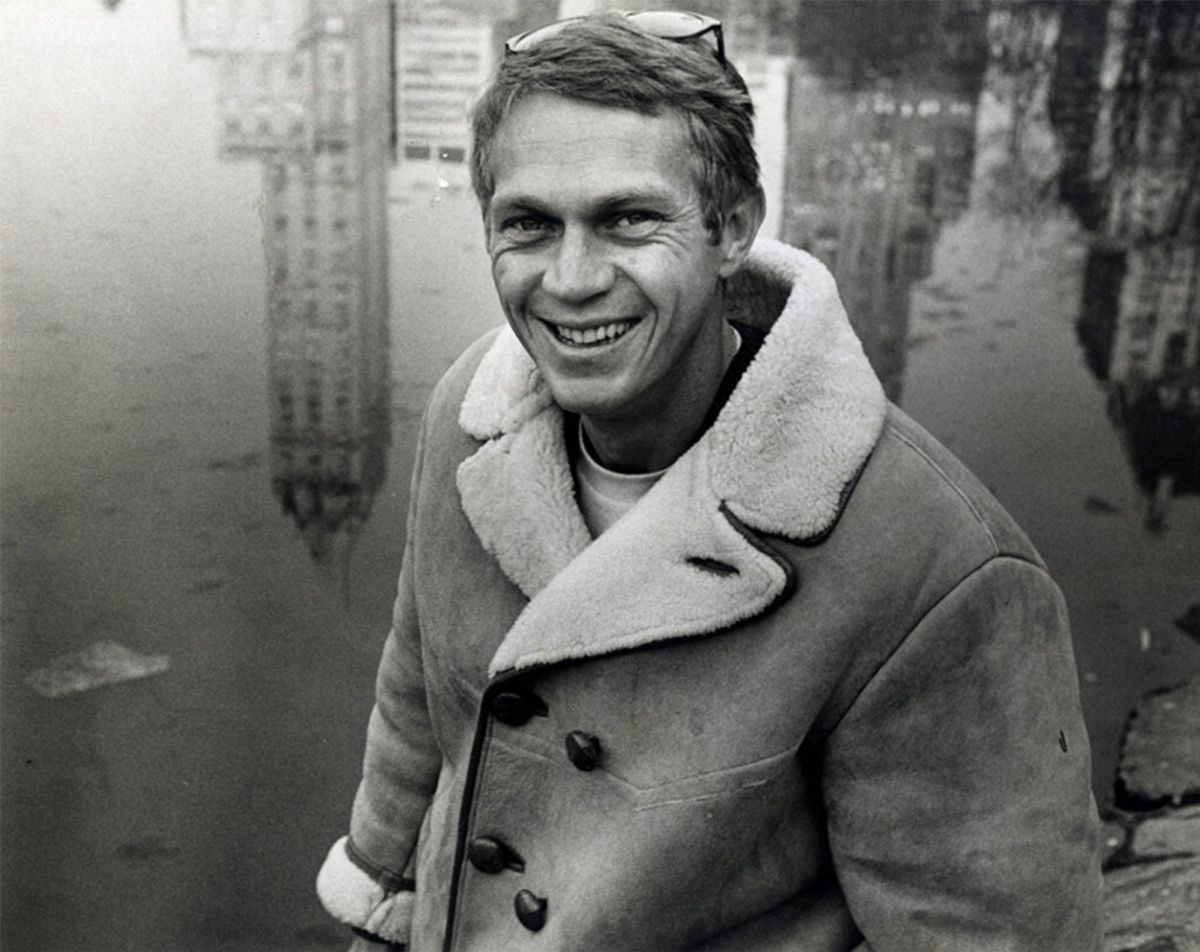
Steve McQueen – King of Cool
Terrence Stephen McQueen (March 24, 1930 – November 7, 1980), nicknamed the “King of Cool”, was an American actor. His antihero persona, emphasized during the height of the counterculture of the 1960s, made him a top box-office draw during the 1960s and 1970s. In 1974…
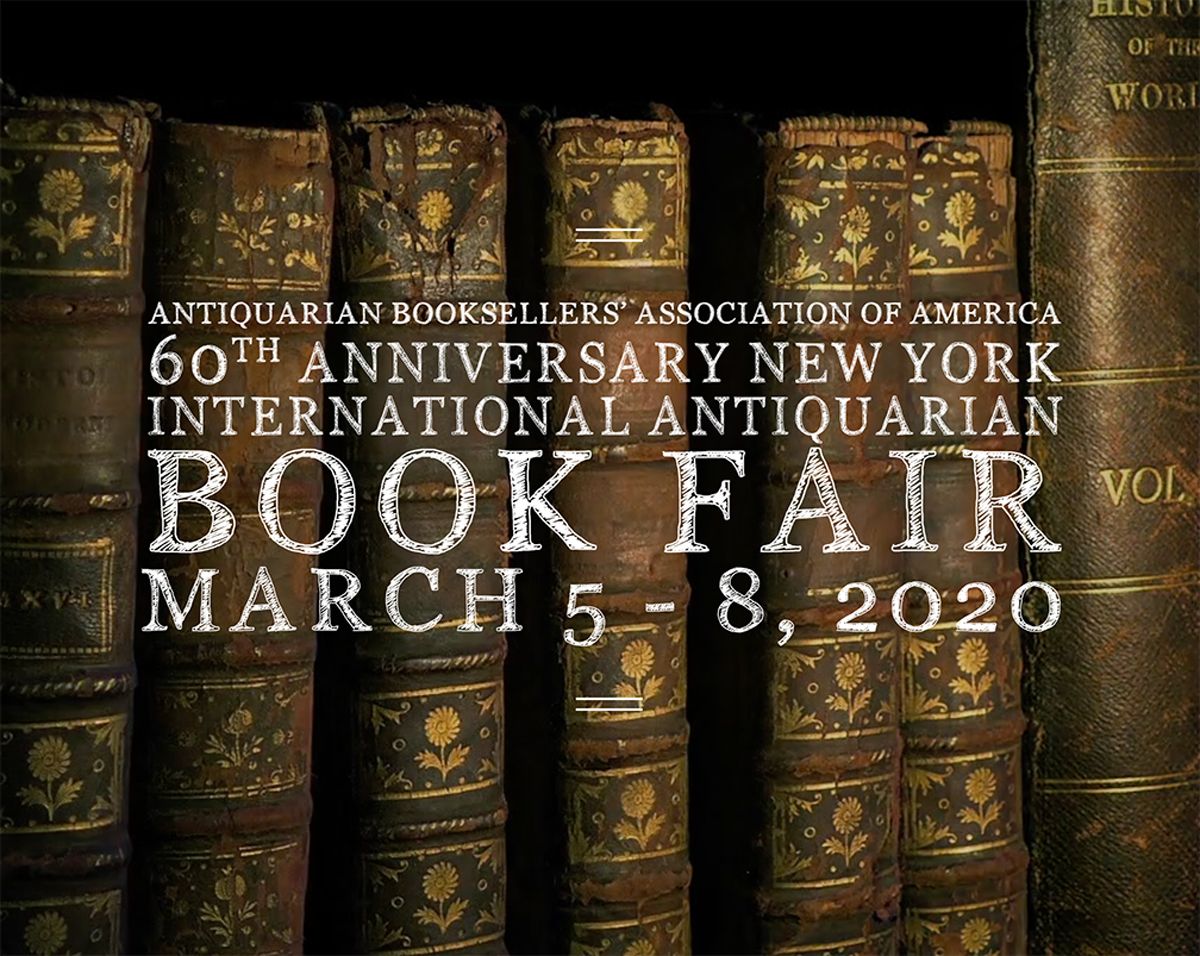
2020 New York International Antiquarian Book Fair
Rare & Valuable Books, Manuscripts, Autographs, Graphics, Photographs, Print Ephemera & Much More
From March 5-8, 2020, Walter Reuben Inc. can be found in Booth D20 at the 60th Anniversary New York International Antiquarian Book Fair located, as always, in the legendary Park Avenue Ar…
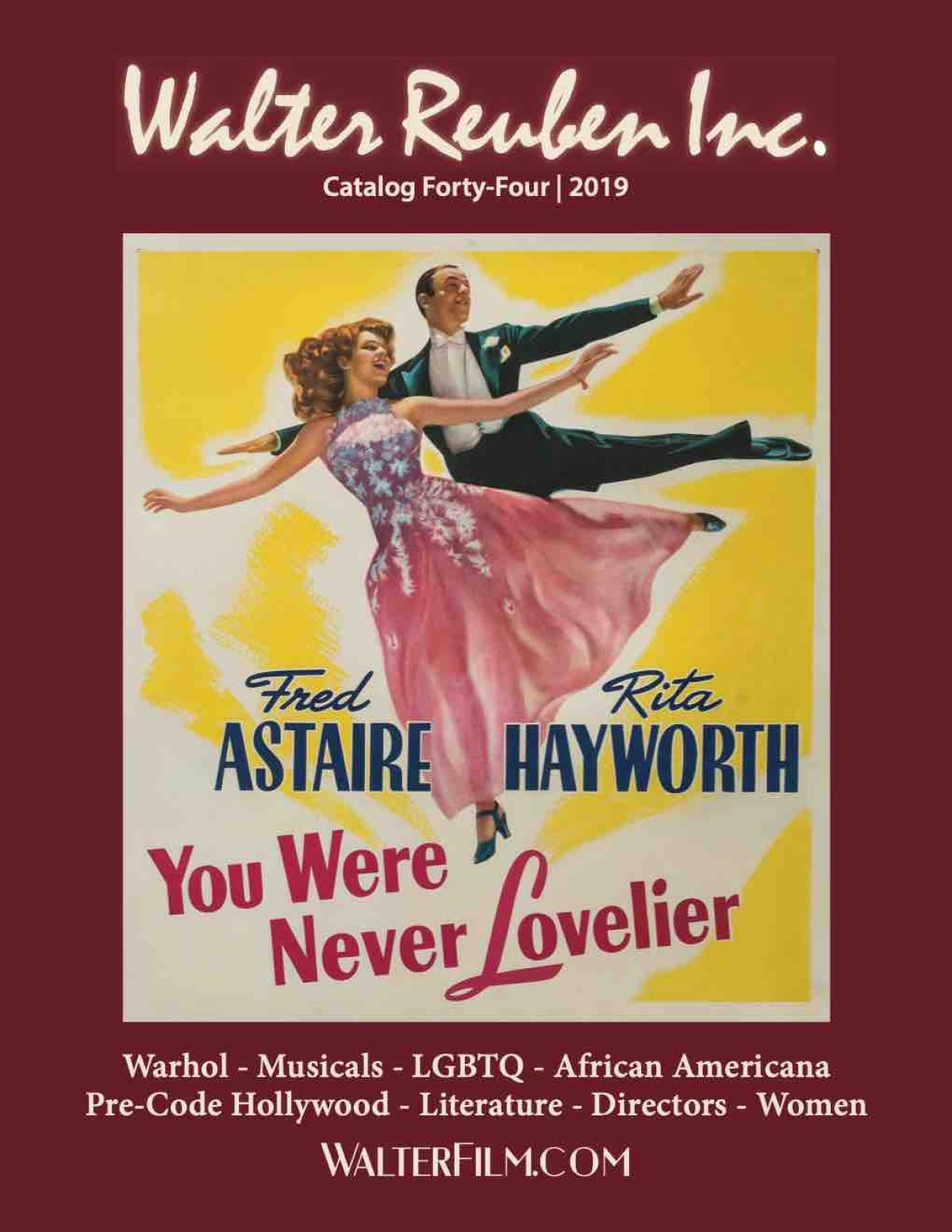
WALTER REUBEN CATALOG 44|2019
| Featured
WalterFilm.com’s third catalog (#44/2019) contains 84 pages that include vintage original photographs, posters, programs, pressbooks, lobby cards and film scripts. The categories encompassed are: Warhol, LGBTQ, Movie Musicals, African Americana, Pre-Code Hollywood, Literature, Film Directors and Wo…
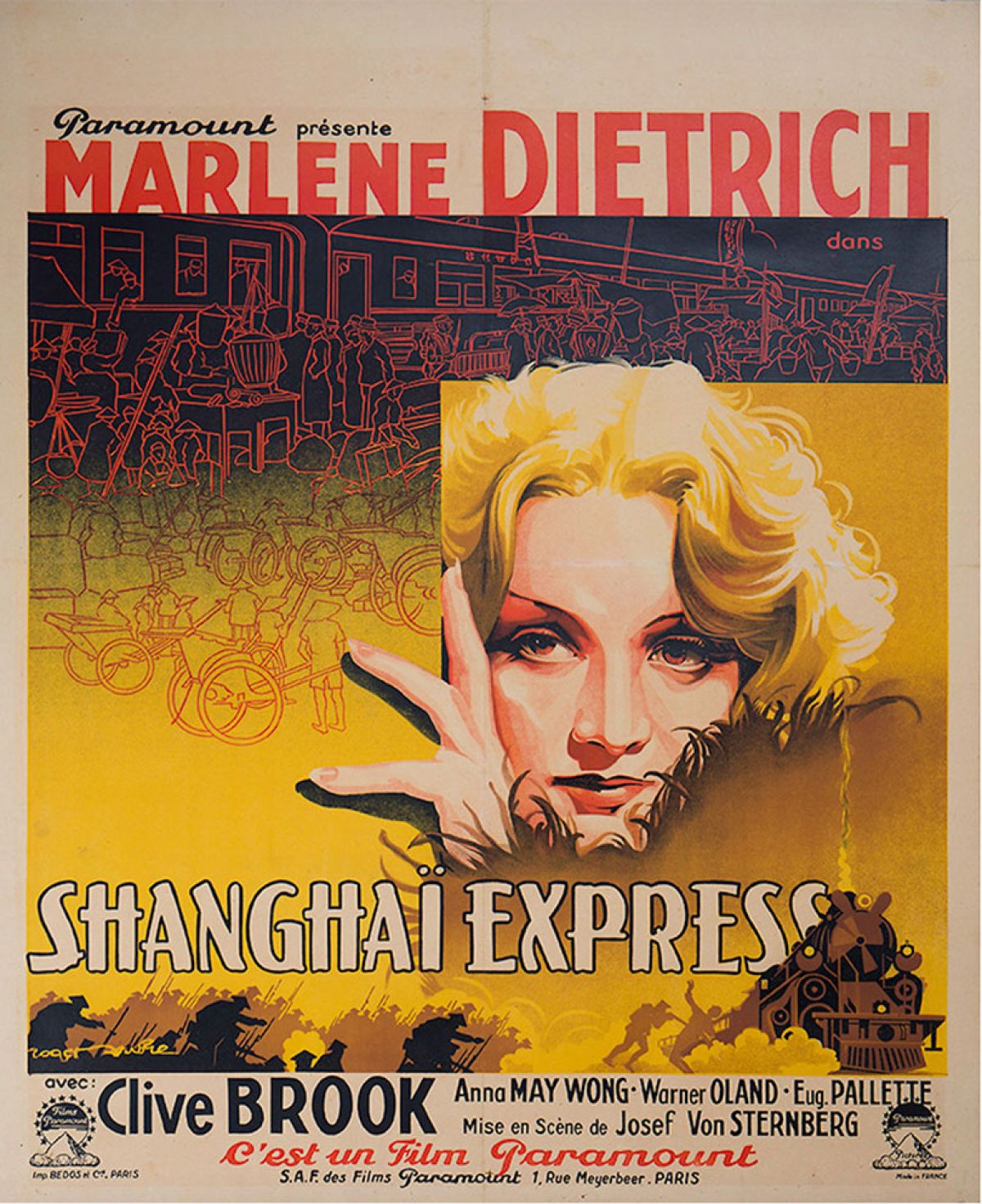
1930s Movie Posters – Dreams For Sale
1930s movie posters proclaimed, week after week, what Hollywood had to offer to an eager world during the days of the great movie studios and the Great Depression. No better example of this is the above exquisite 1932 vintage original Belgian poster of Marlene Dietrich in Shanghai Express.
The Begi…
